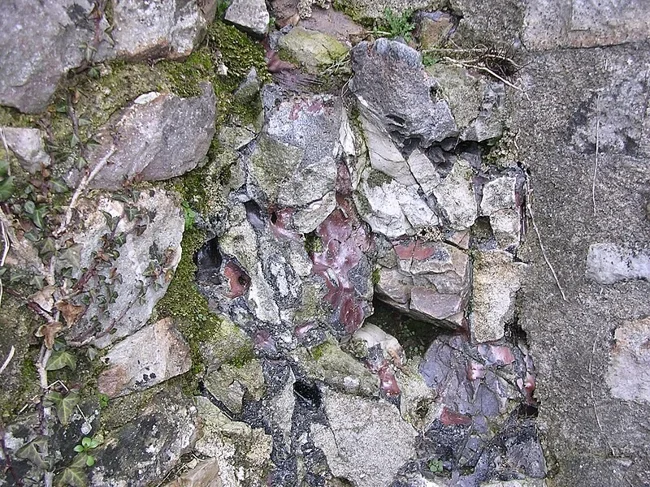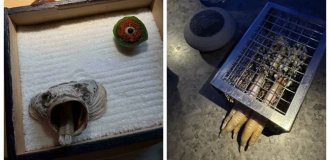Mysterious molten fortresses of Scotland (9 photos)
During the Bronze and Iron Ages, stone hill forts were built across Europe. But about two hundred of them bear traces of strange damage. Their walls were scorched by such intense fire that the stones partially melted and fused into a single monolith. 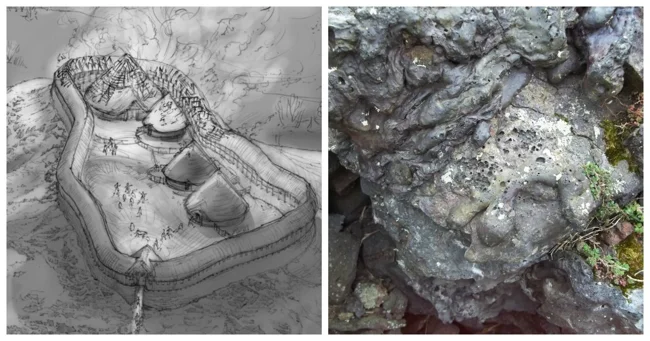
These ruins, known as vitrified or fused forts, have remained one of the most intriguing mysteries for archaeologists for two hundred and fifty years. 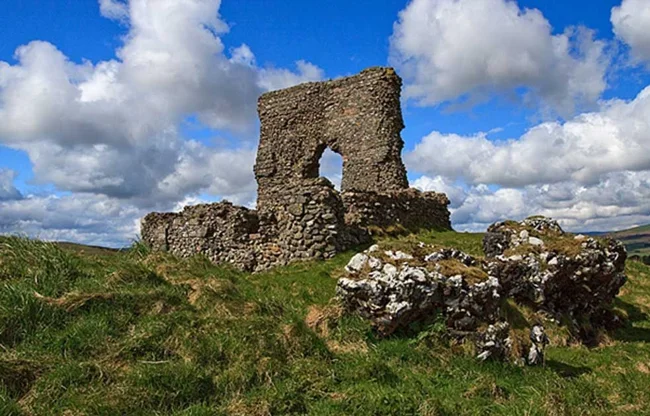
The melting was initially thought to be the result of enemy attacks. However, what's surprising is that it is this glassy mass that holds the walls together, as there is no cement mortar in the masonry. All indications are that the stones were laid dry and then deliberately set on fire to fuse them into a solid block—a truly incredible construction method. 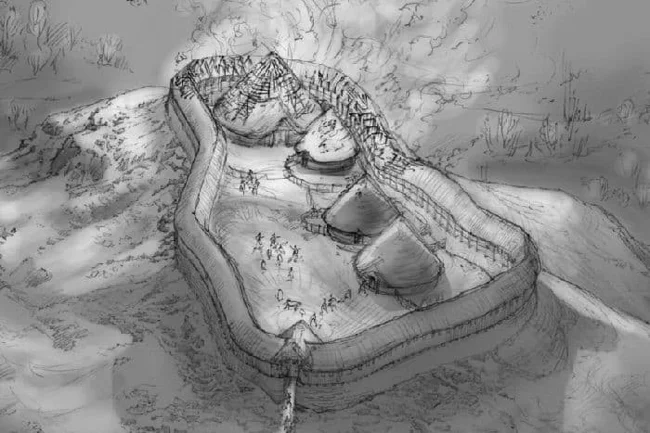
Scientists are divided. Some believe vitrification was an accidental consequence of other activities, such as metal smelting or signal fires. Others see it as the result of deliberate construction work. 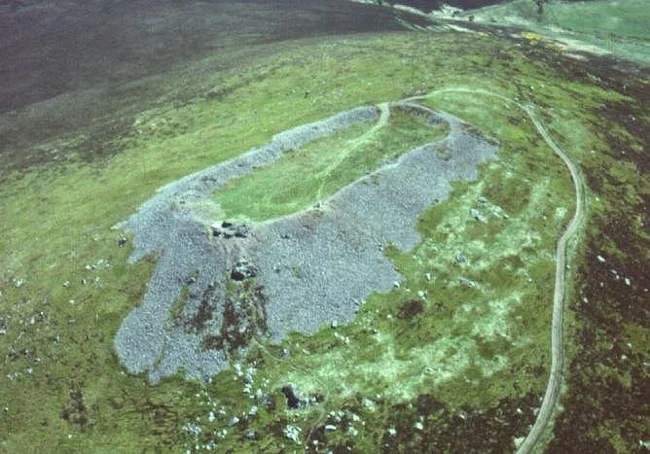
In the first experiment in the 1930s, Wallace Thornycroft and Vere Gordon Childe constructed a wall of stone slabs sandwiched between layers of wood and set it on fire. The fire raged for three hours, after which the wall collapsed, revealing pieces of wood in the molten debris. The researchers estimated the temperature reached 1200°C. 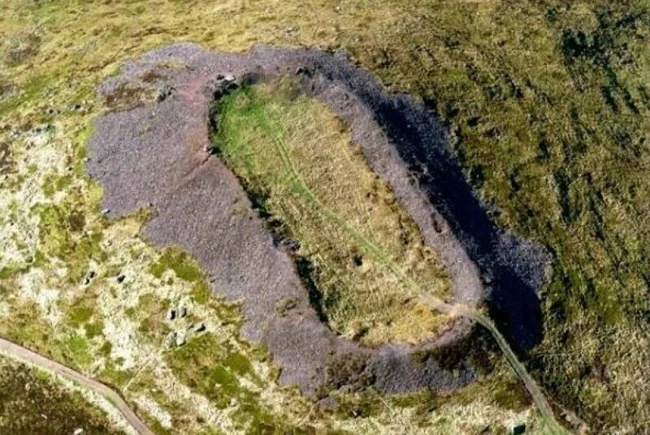
Later research showed that simply burning the wooden frame was insufficient to achieve such intense vitrification. The fire was likely maintained for several days at temperatures exceeding 1,000 degrees Celsius. This could only be achieved in a confined space, by filling the gaps in the frame with soil, clay, and flammable materials like peat. This rules out the possibility of an accidental fire or enemy attack, meaning the walls were deliberately burned. But why? 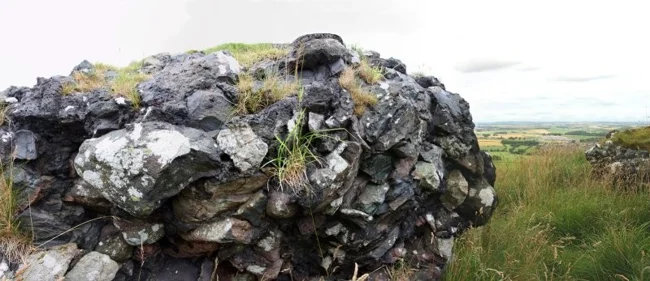
One theory is that it was used to strengthen the structure. Many scientists dismissed this, as heating typically weakens stone, creating microcracks. However, recent research suggests that this may not be the case with the sandstone commonly used in such structures. 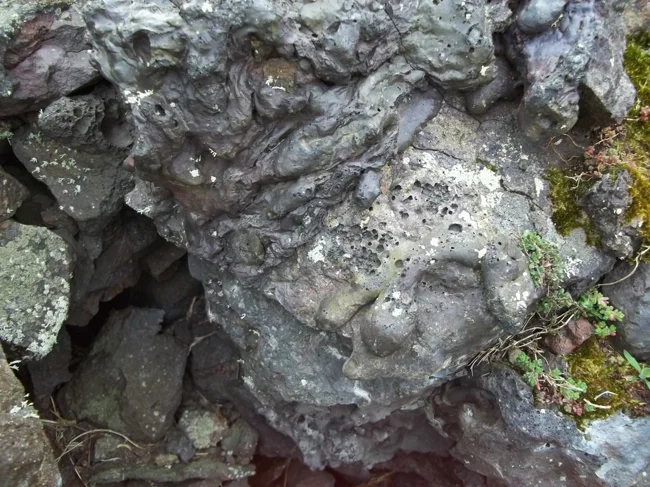
When heated, its particles sinter into a dense glassy mass, increasing strength. If so, then vitrified forts were a brilliant engineering solution. 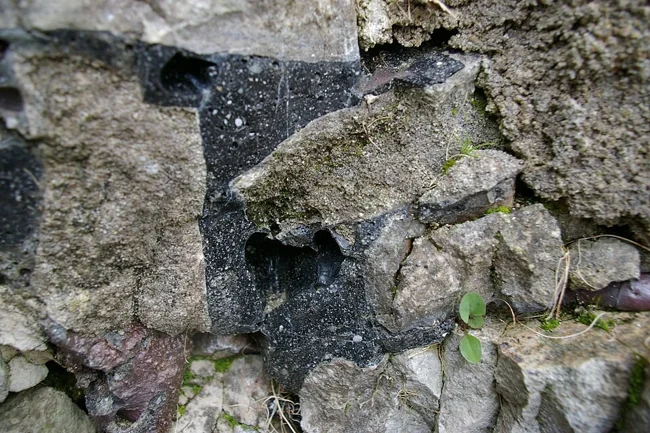
Such fortresses were previously thought to exist only in Scotland, but they were later discovered in other regions of Western and Northern Europe. Today, over two hundred such examples are known. 